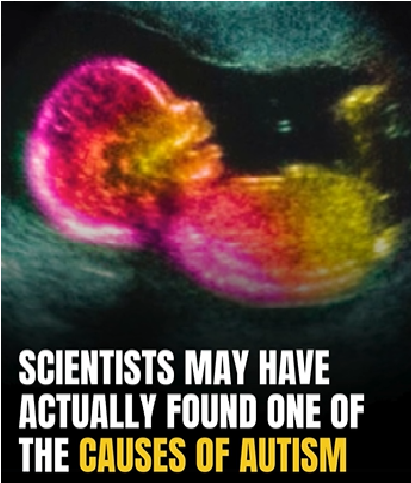Recent studies continue to highlight just how vital our gut microbiome is for overall health. From how we respond to stress and fear, to mental well‑being, weight regulation, and even risk for autoimmune conditions like type 1 diabetes or lupus—our gut bacteria seem to play a big role.
A new study involving mice, published in The Journal of Immunology, has shed light on a possible link between gut microbes and autism spectrum disorder (ASD). The researchers suggest that a mother’s microbiome may have more influence on her child’s risk of developing autism than the child’s own gut microbiome.
Dr. John Lukens from the University of Virginia School of Medicine and his team emphasized that the microbiome can shape brain development in many ways, particularly by influencing how the immune system in unborn offspring reacts to infection, injury, or stress.
A key molecule in this process is interleukin‑17a (IL‑17a), an immune signaling molecule (cytokine). IL‑17a has been implicated in autoimmune conditions including psoriasis, multiple sclerosis, and rheumatoid arthritis, and plays a role in protecting against certain infections. Importantly, the study shows IL‑17a can also affect brain development while the fetus is still in the womb.
In experiments, the researchers suppressed IL‑17a in pregnant mice. Mothers from one group had gut microbiota that triggered stronger inflammatory IL‑17a responses; in the control group, the gut microbiota did not provoke the same response
Pups born to mothers with the inflammation‑prone microbiota developed autism‑like behaviors later, affecting social interaction and repetitive actions, unless IL‑17a was blocked during pregnancy. When IL‑17a signaling was suppressed, those negative effects were reduced.
While this research is still in early stages and in animals, the findings are promising. They suggest that maternal gut health and gestational immune responses could be significant factors in ASD risk.
The next steps, researchers say, are finding exactly which parts of the mother’s gut microbiome are involved, and seeing if similar patterns exist in humans.




